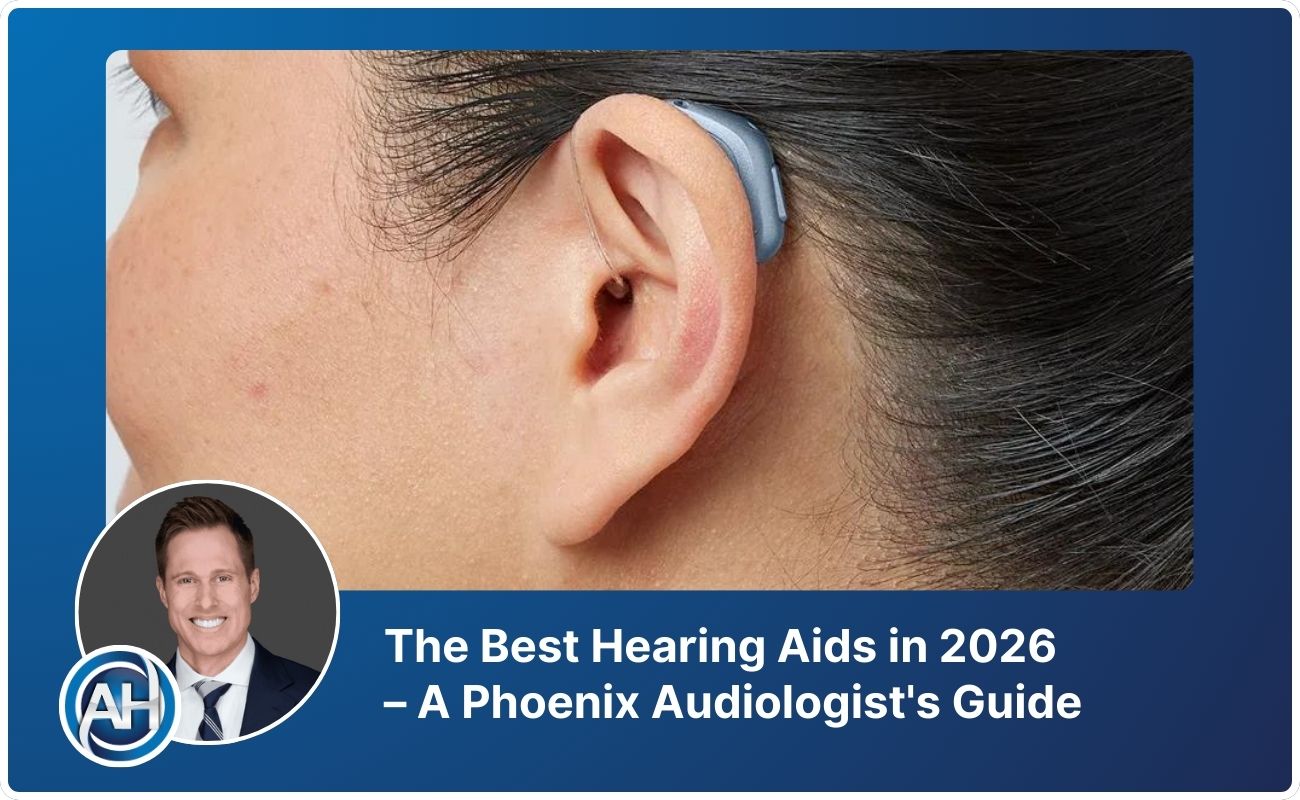
Hearing Better in Noisy Restaurants
Let’s face it- restaurants and hearing loss do not mix well.
Integrate your CRM with other tools
Lorem ipsum dolor sit amet, consectetur adipiscing elit lobortis arcu enim urna adipiscing praesent velit viverra sit semper lorem eu cursus vel hendrerit elementum morbi curabitur etiam nibh justo, lorem aliquet donec sed sit mi dignissim at ante massa mattis.
- Neque sodales ut etiam sit amet nisl purus non tellus orci ac auctor
- Adipiscing elit ut aliquam purus sit amet viverra suspendisse potenti
- Mauris commodo quis imperdiet massa tincidunt nunc pulvinar
- Adipiscing elit ut aliquam purus sit amet viverra suspendisse potenti
How to connect your integrations to your CRM platform?
Vitae congue eu consequat ac felis placerat vestibulum lectus mauris ultrices cursus sit amet dictum sit amet justo donec enim diam porttitor lacus luctus accumsan tortor posuere praesent tristique magna sit amet purus gravida quis blandit turpis.

Techbit is the next-gen CRM platform designed for modern sales teams
At risus viverra adipiscing at in tellus integer feugiat nisl pretium fusce id velit ut tortor sagittis orci a scelerisque purus semper eget at lectus urna duis convallis. porta nibh venenatis cras sed felis eget neque laoreet suspendisse interdum consectetur libero id faucibus nisl donec pretium vulputate sapien nec sagittis aliquam nunc lobortis mattis aliquam faucibus purus in.
- Neque sodales ut etiam sit amet nisl purus non tellus orci ac auctor
- Adipiscing elit ut aliquam purus sit amet viverra suspendisse potenti venenatis
- Mauris commodo quis imperdiet massa at in tincidunt nunc pulvinar
- Adipiscing elit ut aliquam purus sit amet viverra suspendisse potenti consectetur
Why using the right CRM can make your team close more sales?
Nisi quis eleifend quam adipiscing vitae aliquet bibendum enim facilisis gravida neque. Velit euismod in pellentesque massa placerat volutpat lacus laoreet non curabitur gravida odio aenean sed adipiscing diam donec adipiscing tristique risus. amet est placerat.
“Nisi quis eleifend quam adipiscing vitae aliquet bibendum enim facilisis gravida neque velit euismod in pellentesque massa placerat.”
What other features would you like to see in our product?
Eget lorem dolor sed viverra ipsum nunc aliquet bibendum felis donec et odio pellentesque diam volutpat commodo sed egestas aliquam sem fringilla ut morbi tincidunt augue interdum velit euismod eu tincidunt tortor aliquam nulla facilisi aenean sed adipiscing diam donec adipiscing ut lectus arcu bibendum at varius vel pharetra nibh venenatis cras sed felis eget.
Let’s face it- restaurants and hearing loss do not mix well. Reverberant surfaces, clanking dishes, loud music, and dozens of competing conversations all pile on top of each other, making it almost impossible to pick out the voices of the people at your table. To make matters worse, dim lighting makes it nearly impossible to use visual cues to figure out what people are saying. Even for people with normal hearing, noisy restaurants pose a challenge. Thankfully, there are plenty of options to help you hear better in noise so that eating out can become enjoyable once again.
Directional Hearing Aids
Well-programmed hearing aids can make a world of difference by restoring audibility to speech sounds across the frequency range of your hearing loss. While this is enough to boost understanding in many situations, speech in background noise can still pose a challenge because even though the speech you want to hear is being amplified, so is the background noise that you don’t want to hear.

This is where directional microphones come into play. Directional microphones on hearing aids work by providing more amplification to sounds coming from in front of you while reducing amplification to sounds coming from behind you. In very noisy environments, they can narrow the focus even more, thus only amplifying sound within a very narrow “beam” directly in front of you. To optimize the benefits of this narrow beam, you will have to be sure to physically turn your head and look directly at whoever is speaking in order to hear them.

Many modern hearing aids will have what is known as automatic directionality, where the hearing aids measure the amount of noise in your environment to make decisions about which program is most appropriate. They then automatically switch between directional and omnidirectional microphone configurations – where they provide the same amount of amplification to sounds no matter which direction they are coming from. Your hearing care provider can also give you multiple program options so you can manually switch into a more directional program when you are in a noisy environment. Some manufacturers even allow you to adjust the direction of the microphones as well as narrow the directional focus through their smartphone apps.
Assistive Listening Devices
If you still find yourself struggling to understand in noisy environments even with directionality enabled, you should talk to your audiologist about assistive listening devices like remote microphones. Most hearing aid manufacturers offer a remote microphone that you can clip to the shirt of the person you are talking to, which will stream their voice directly into your ears.

If you have an iPhone, you can activate the Live Listen feature, which can be used with either hearing aids or headphones. This is great for one-on-one conversations, but may still pose a challenge if there is more than one other person at the table.

Phonak Roger microphone technology becomes the frontrunner in these more complicated situations. They offer options like table microphones that can be set on the table and activate different microphones depending on the direction of the person who is speaking at the moment. You can also manually activate or deactivate the microphones in specific directions. The Roger On can be used as a remote microphone or a table microphone, or you can use it to point in the direction of whoever is speaking. While Phonak Roger technology is directly compatible with Phonak products, if your hearing aid has a telecoil it can connect with Roger devices through the Roger neckloop, no matter the manufacturer.
Listening Strategies
Technology aside, there are many easy strategies you can employ while eating in restaurants to improve your understanding:
- Position yourself so that your back is to the majority of the noise in the restaurant.
- Avoid seating arrangements where your companion will be backlit, which will make it more difficult to see their face.
- Opt for more enclosed seating like a booth in a quieter corner of the restaurant.
- Outdoor seating can often be much quieter than indoor seating.
- Use an app such as SoundPrint to find restaurants that will be quieter.
- Ask your conversation partners to get your attention and to look directly at you as they speak to you.




